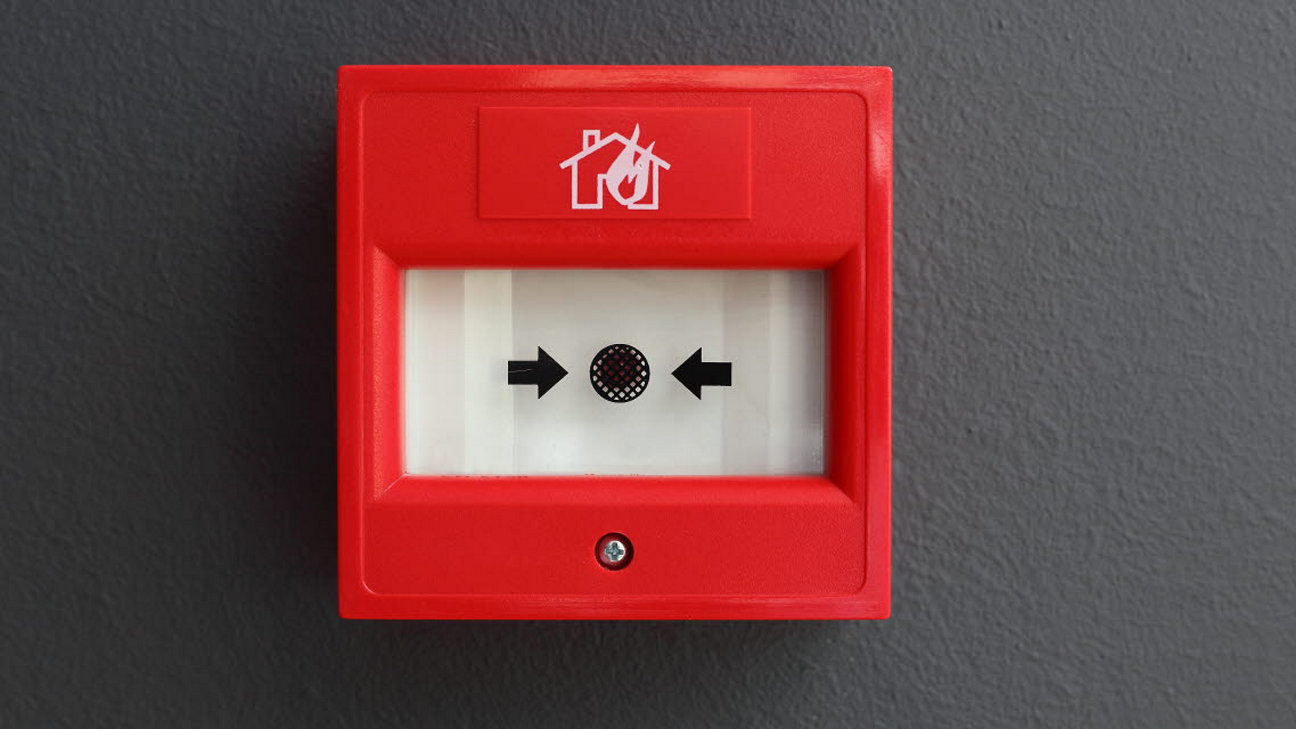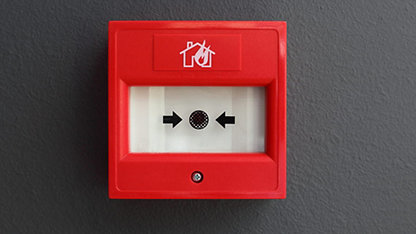International fire safety standards, and the role of the new building safety regulator, were among the key updates covered by the recent RICS Fire Safety Conference 2020 held in London.
Neil O’Connor, director of building safety policy at the Ministry of Housing, Communities and Local Government opened the day-long conference by presenting an overview of the government’s building safety programme to the capacity delegation of over 350 surveying professionals.
New role of building safety regulator
O’Connor highlighted the role of the new building safety regulator that will sit within the Health and Safety Executive, which is set to play a prominent role in the building safety programme. Legislation to give the regulator its formal powers is expected later this year, and will include tougher sanctions for those who do not comply. Echoing a strong theme in the Dame Judith Hackitt report, O’Connor said that a significant culture change is needed across the industry, requiring much higher levels of competency from all the people responsible for building safety.
The role of the new regulator was then explored in more detail in a discussion on competency and compliance. Martin Taylor, LABC’s director of regulatory policy, said the HSE will introduce rigour, and the greater clarity brought about by the new role will help deliver the required cultural change, passing on ‘a baton of responsibility which will ensure compliance’.
International fire safety standards consultation
Later, Craig Ross, Associate Director of the Built Environment at RICS, invited the delegates to comment on the new UN-backed International Fire Safety Standards – Common Principles (IFSS). The consultation for this important document closes on 23 March.
Created with more than 70 international partners, including the World Bank, the document will establish a set of five internationally accepted common principles – prevention, detection and communication, occupant protection, containment and extinguishment.
Explaining the background to IFSS, Ross said: ‘Fire knows no geographical or political boundaries, but the differing approaches to buildings fire safety across the globe can be inconsistent, ineffective and in some cases, non-existent. There is an urgent need to deliver better safety for people’s homes, communities and workplaces and RICS is committed to being at the heart of this.’
Valuation of high-rise properties
John Baguley, Tangible Assets Valuation Director at RICS, then spoke about the issues that have affected the valuation of properties with ACM cladding since the Grenfell fire. RICS has recognised that this is an industry-wide problem, and recently agreed – along with the Building Societies Association and UK Finance – a new External Wall Systems Form, designed to help people buy and sell homes and re-mortgage in buildings above 18 metres.
“‘Fire knows no geographical or political boundaries, but the differing approaches to buildings fire safety across the globe can be inconsistent, ineffective and in some cases, non-existent.’ ”
Craig Ross, Associate Director of the Built Environment at RICS
Helping surveyors go forward
Graham Watts, Chief Executive at Construction Industry Council, told the delegates he had been working in construction for nearly twenty years prior to the Grenfell Tower fire, and that during that entire period building safety was taken for granted and rarely discussed. He wondered whether the industry had seriously considered the health, safety and welfare of building occupiers, but believed there would soon be a new ‘Hackitt-plus’ profession, driven by the new building safety regulatory system overseeing competence.
Next, a thought-provoking legal update from Sailesh Mehta, Barrister at Red Lion Chambers reported on lessons learned from miscarriages of justice, having prosecuted and defended in fire cases for 25 years – many of those cases involving fatalities and expert evidence. ‘As a result of a series of high-profile miscarriages of justice, the Court of Appeal and the Law Commission have voiced mounting concern about the use of expert evidence in criminal trials,’ Mehta said.
In the afternoon, a panel of experts – including John Baguley, Graham Watts and Neil O’Connor – answered a wide-ranging series of fire safety questions from delegates. Howard Passey, Director of Operations at the Fire Protection Association discussed fire testing and certification, and Nicholas Coombes, NFCC Protection Vice Chair, Hackitt and Remediation Lead and Strategic Technical Advisor at the London Fire Brigade, examined the issues and causes of a fire and how it could have been prevented, highlighting a number of case studies.
“Data has shown that high rise does not necessarily mean high risk, but the industry needed to face the ‘inconvenient truth that the building safety programme needs to be applied to all buildings.' ”
Neal Butterworth, a director at Design Fire Consultants with over twenty years’ experience of fire engineering concluded the conference by covering fire safety in high risk buildings. He stated that data has shown that high rise does not necessarily mean high risk, and that the industry needed to face the ‘inconvenient truth that the building safety programme needs to be applied to all buildings.’
This conference will also run on 17 March in Manchester. As well as hearing the updates and exploring the case studies in full detail, it also offers the chance for you to put your questions to our expert panel.
- Barney Hatt is the editor of building surveying and building control content in RICS Built Environment Journal - read the latest edition here















